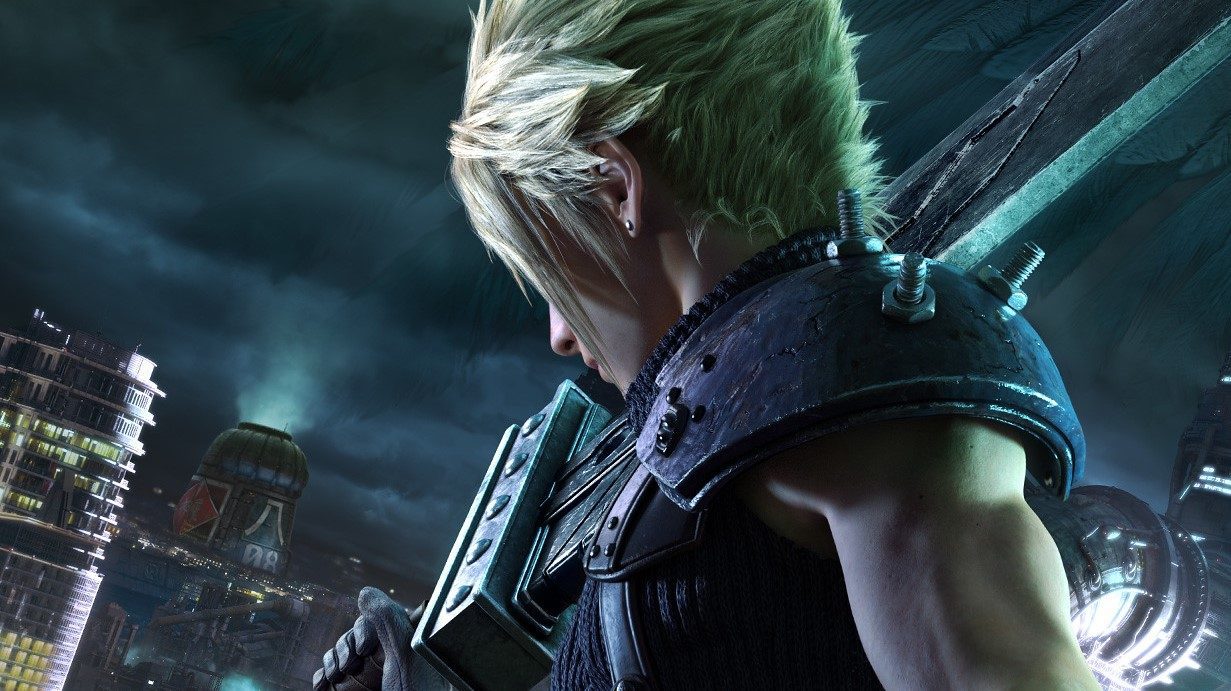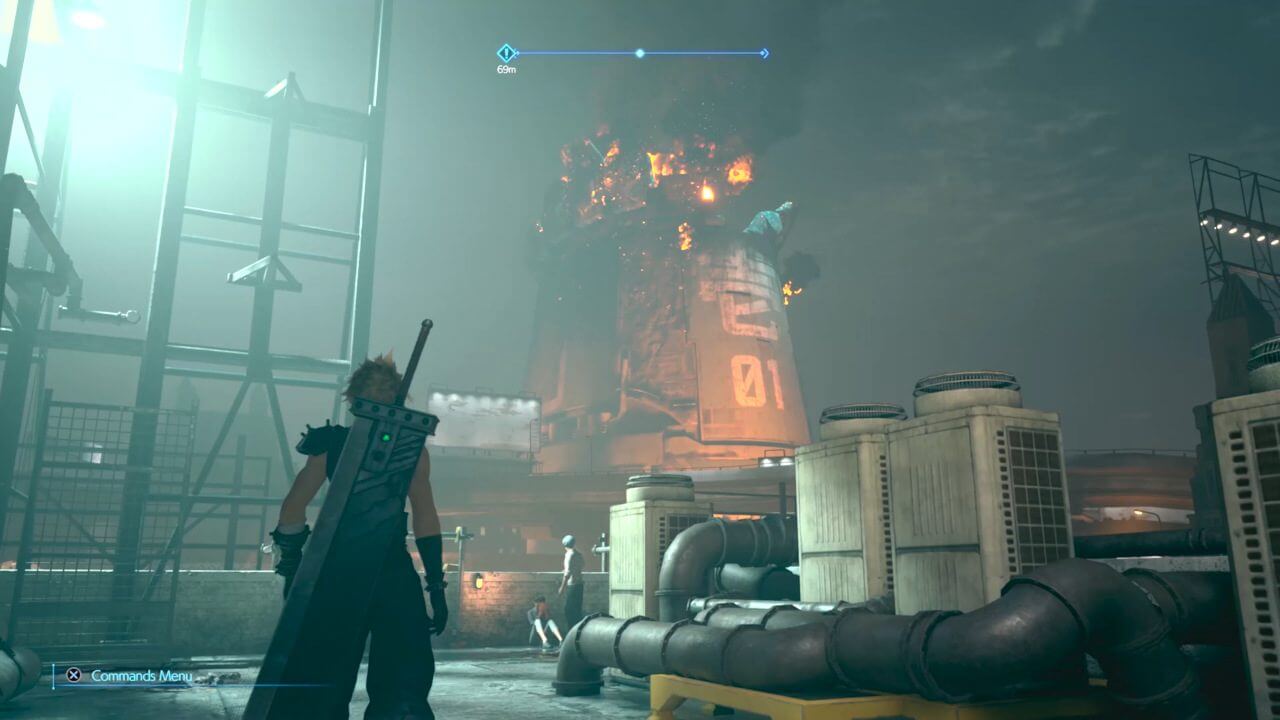Schlagwort: ffvii remake
-

A Newcomer’s Nostalgia-Free Excitement for FFVII Remake
Reading Time: 4 minutesWith last week’s release of the Final Fantasy VII Remake demo, countless fans finally have a chance to relive the thrill of that first Mako reactor run. From returning to Midgar, recreating the game cover of Cloud gazing up at the hulking Shinra building, and hearing the impressively reimagined soundtrack, it’s easy…
-

Final Fantasy VII Remake Creators Discuss Rebuilding Midgar
Reading Time: 6 minutesReimagining gaming icons is no easy task. Yet two decades after fans said goodbye to Final Fantasy VII’s cast as the original game’s credits rolled, came a welcome reunion. And since that initial tease, Square Enix has introduced us to the ‘Remake’ versions of the likes of Cloud, Barrett, Tifa, Aerith and…
-

Three Hours With Final Fantasy VII Remake
Reading Time: 4 minutesBy now you’ve likely seen the news – you can finally play Final Fantasy VII Remake in your own home via the just-announced PS4 demo. If you’re at all curious about this beautifully reimagined adventure, download the demo and run through the memorable “bombing run” mission for yourself. It wowed PS1 players…
-

New Final Fantasy VII Remake Screens Feature Cloud, Combat and More
Reading Time: 5 minutesFor many longtime PlayStation fans, the original Final Fantasy VII was a groundbreaking, genre-defining experience. We’re naturally eager to learn more about the fully reimagined Final Fantasy VII Remake, which dramatically updates both the gameplay and the storytelling of the beloved original. So when we received this latest batch of screens we…


